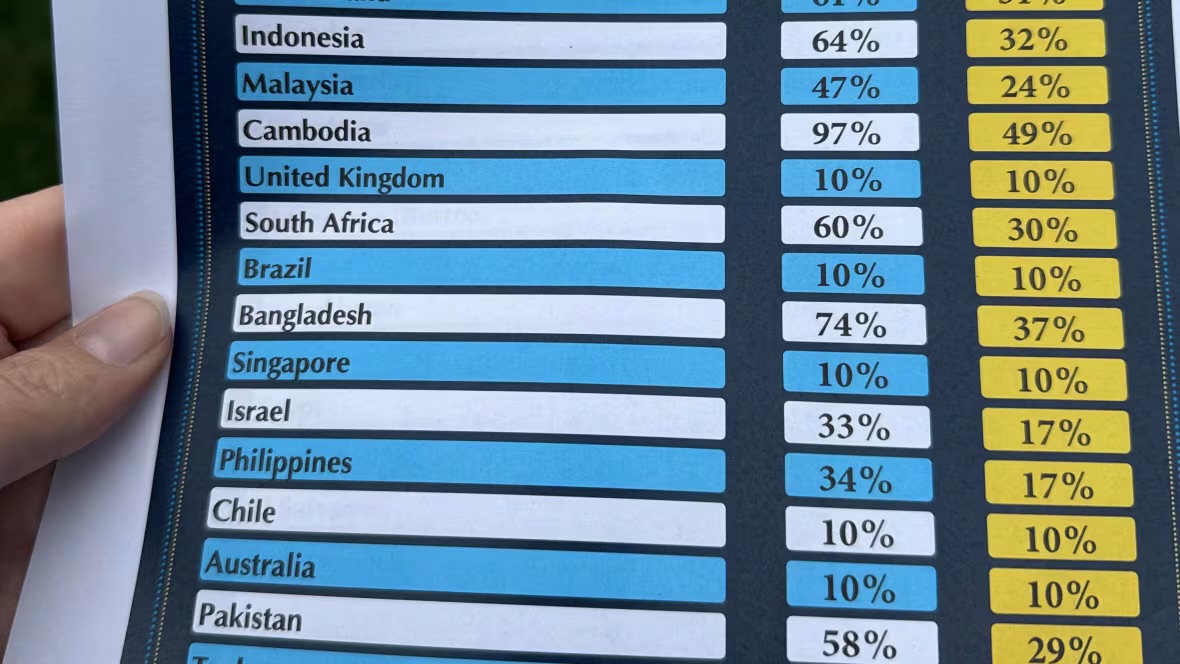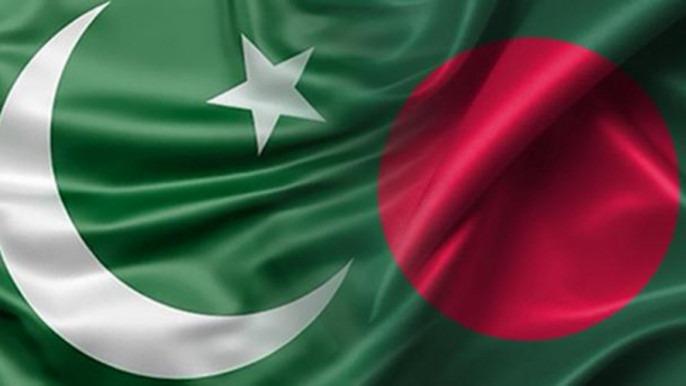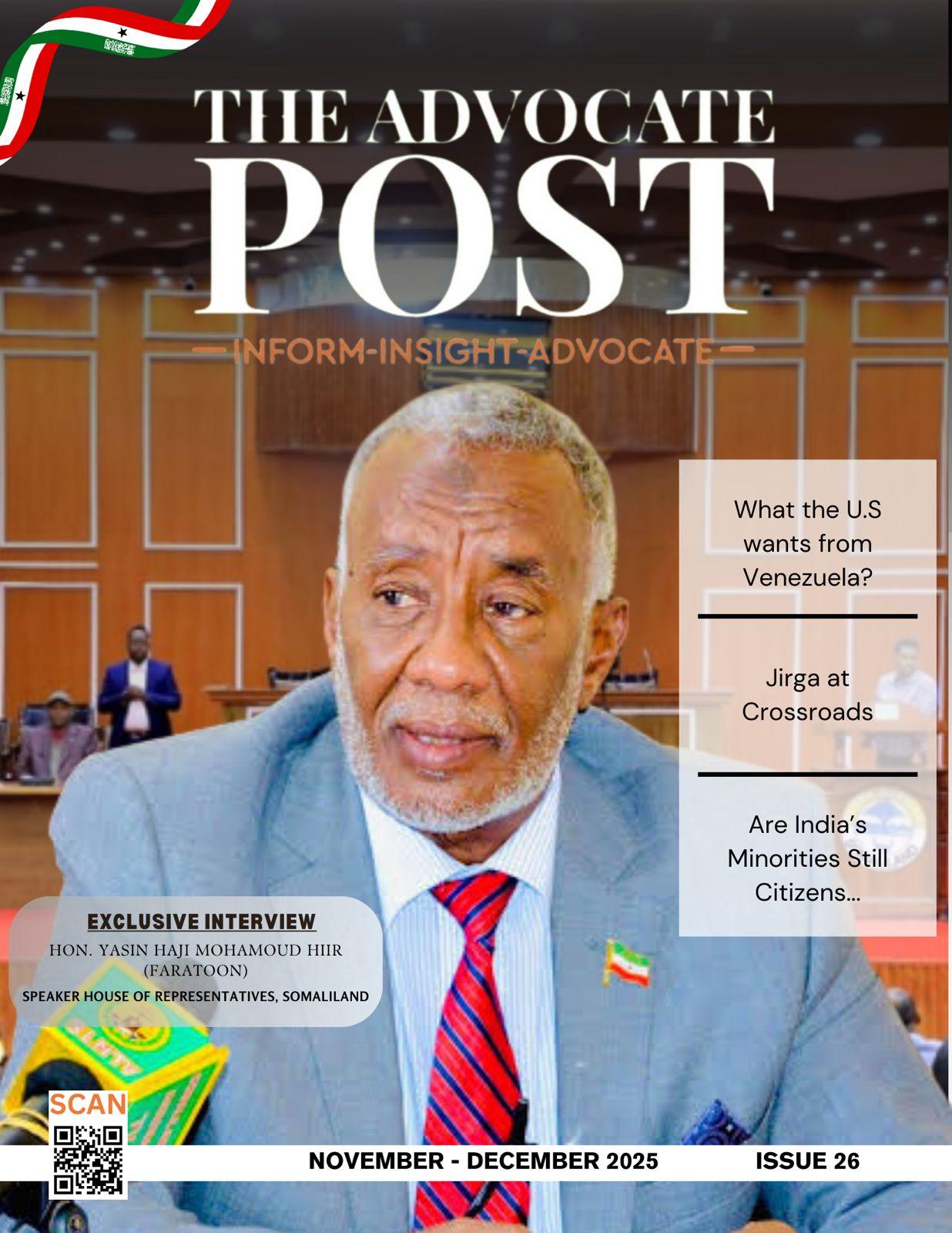Washington: The U.S. President Donald Trump has unveiled a sweeping new trade policy, imposing reciprocal tariffs on a variety of nations. In a move that signals a shift away from previous trade agreements, Trump announced on Wednesday that the United States will impose tariffs ranging from 10% to 49% on goods from several countries, including China, the European Union, and the United Kingdom.
The tariffs, which target countries accused of benefiting from U.S. subsidies and military spending, are aimed at ensuring more equitable trade relationships.
“We subsidize a lot of countries and keep them going and keep them in business. Why are we doing this? At what point do we say you got to work for yourselves?”
Trump said during his announcement. He also referenced the significant trade deficits and national debt, which he claims have been exacerbated by U.S. support for foreign economies.
“We cannot pay the deficits of Canada, Mexico, and so many other countries. We used to do it, but we can’t do it anymore,”
Trump added.
“We have to take care of our people first, and that’s exactly what we’re going to do.”
The full list of reciprocal tariffs, which vary by country, is as follows:
China: 34%
European Union: 20%
Vietnam: 46%
Taiwan: 32%
Japan: 24%
India: 26%
South Korea: 25%
Thailand: 36%
Switzerland: 31%
Indonesia: 32%
Malaysia: 24%
Cambodia: 49%
United Kingdom: 10%
South Africa: 30%
Brazil: 10%
Bangladesh: 37%
Singapore: 10%
Israel: 17%
Philippines: 17%
Chile: 10%
Australia: 10%
Pakistan: 29%
Turkey: 10%
Sri Lanka: 44%
Colombia: 10%
Peru: 10%
Nicaragua: 18%
Norway: 15%
Costa Rica: 10%
Jordan: 20%
Dominican Republic: 10%
United Arab Emirates: 10%
New Zealand: 10%
Argentina: 10%
Ecuador: 10%
Guatemala: 10%
Honduras: 10%
Madagascar: 47%
Myanmar (Burma): 44%
Tunisia: 28%
Kazakhstan: 27%
Serbia: 37%
Egypt: 10%
Saudi Arabia: 10%
El Salvador: 10%
Côte d’Ivoire: 21%
Laos: 48%
Botswana: 37%
Trinidad and Tobago: 10%
Morocco: 10%
Implications
The announcement is expected to have significant implications for global trade and could further strain U.S. relations with several of its key trading partners. President Trump emphasized that this move is part of a broader strategy to bring fairness to global trade, claiming that many countries have taken advantage of U.S. economic policies for too long.
The reciprocal tariffs will likely lead to retaliatory measures from affected nations, which could escalate into a more widespread trade conflict. While the exact details of how these tariffs will be implemented remain unclear, businesses and economists are bracing for the potential ripple effects on international commerce.
As the situation develops, the world will be watching closely to see how other countries respond and whether this new tariff regime will have the intended effects on the U.S. trade balance and deficit.





